Maintaining an aquarium is essential to provide a healthy and thriving environment for your aquatic pets. Regular care and attention will not only keep your fish happy but also ensure the longevity of your aquarium. In this comprehensive guide, we’ll walk you through all the steps on “How to maintain your Aquarium?”
Let us discuss all that in detail
How to maintain your Aquarium?
Follow the under given points for keeping your Aquarium in good shape.
You have one or more beautiful fish in your house, or you’re thinking about having some? Then you’re probably aware that aquarium management requires extra care to ensure that your fish swim in the best possible environment.
First and foremost, an aquarium is a closed environment that necessitates your presence to ensure that water quality is preserved, machinery is working correctly, and any livestock is adequately cared for. We’ve compiled a list of our top few recommendations for the excellent tank and fish care.
· First and foremost, change the water regularly.
Perform a 20-30% water shift every couple of weeks. Water changes are, without a doubt, the most significant aspect of aquarium management. Every few days, replenish any water that has evaporated. This will help to prevent mineral deposits on the tank glass and, in marine conditions, will help to maintain consistent salinity levels.
The water change is an essential part of scheduled aquarium maintenance. Use a siphon to remove aquarium water while vacuuming the gravel to maximize your efforts. It will remove uneaten fish food, fish excrement, and other toxic waste from the Aquarium’s floor.
Check the water parameters, including temperature, pH, etc., of both the tank and the replacement water when doing aquarium maintenance.
Chlorine or chloramine is present in tap water (municipal water). If stored in an aerated bucket for twenty-four hours, chlorine can air out. Chloramine, on the other hand, would not. Chloramine is usually made up of ammonia and chlorine. In this case, a water conditioner should be used to neutralize the chlorine. It’s worth noting that if the water contains chloramine, ammonia will stay in it even after treatment with a conditioner. After adding the water to the Aquarium, nitrifying bacteria can break down the ammonia.
· Don’t overstock or overpopulate the Aquarium.
Due to the increased waste, keeping a healthy fish tank would be difficult. Phosphates, iron, and other heavy metals can also be present in municipal water. If you’re not sure if it’s safe to use in your Aquarium, contact the water company.
Water is generally more challenging than municipal water, but it should be free of chlorine and chloramine. And if you use filtered water, it’s a good idea to regularly search it for critical parameters. The filter membranes should be replaced according to the manufacturer’s instructions.
· Checking the Temperature and other parameters of the Aquarium regularly.
Checking important water parameters is an essential part of regular aquarium maintenance. Since we can’t tell how clean water is just by looking at it, it’s necessary to test it regularly. Testing the water in your tank is similar to testing your vital signs. The findings will reveal a lot about imbalances, helping us to spot and avoid potential issues.
Nitrate, nitrite, pH, carbonate hardness, and salinity are all critical parameters to monitor as part of routine aquarium maintenance (saltwater only)
How to maintain your Aquarium? (Cont.)
We strongly encourage you to include testing in your daily maintenance routine. Our specific guidelines for measuring essential aquarium water parameters are outlined below.
1. Nitrates:
In freshwater aquariums, nitrate levels should be kept below ten ppm, and in saltwater and coral aquariums, nitrate levels should be kept below five ppm.
2. Nitrites:
For all times, nitrites should be undetectable (except during cycling). If you find nitrite, make sure to check for ammonia as well.
3. pH:
The pH level must remain constant. Most species prefer a pH between 6.5 and 7.5, but they should be good if it’s slightly higher or lower.
4. KH (carbonate hardness):
Carbonate hardness (KH) is a pH stability indicator. If KH falls below 4.5 dH (degree hardness) or 80 ppm, you should keep an eye on it. The pH of aquarium water will drop if the hardness falls below 45 KH. A half teaspoon of good quality baking soda added to 25 gallons of water increases kH by around 1 degree (17.8 ppm).
To clear trapped particles, use a gravel cleaner, which will also stabilize pH and KH levels.
· Keep your aquarium clean
Every week, clean the tank’s glass. Biofilms and algae are slow-growing organisms that aren’t always visible—using an aquarium-safe glass cleaner on the inside of the tank and a glass cleaning magnet on the outside.
· Make sure your light sources are clean and working correctly
Every few weeks, clean the aquarium lighting lens or fluorescent bulb. Deposits on lights will drastically reduce the amount of light that enters your Aquarium.
· Make sure your filter isn’t clogge
The value of filter maintenance cannot be overstated. Fluval filters are designed to quickly and effectively allow simple mechanical media access for rinsing, so do so at least once a month to prevent organic contaminants from reducing water quality or impairing chemical and biological media.
Check the water temperature and filter activity of your Aquarium regularly. This takes just a few seconds and is critical to your fish survival. You may need to treat the water to remove the chlorine, chloramine, and unwanted metals if necessary
· Keep the plants alive by trimming them.
If you have live plants, keep them trimmed and pruned as required, and consider installing a CO2 system. Co2 is the most efficient way to directly nourish plants since they are almost 50% carbon by dry weight.
Use this best aquarium plant trimmer for better results.
· Check your fish on a daily basis.
Check your fish on a daily basis, particularly if you’ve added new tank mates. Early disease/medical condition detection can mean the difference between good treatment and one that fails.
· Put the new fish in quarantine at the start
New fish should be quarantined for at least two weeks in a separate, bare aquarium. Make sure they’re eating well and don’t have any disease symptoms. If they need to be handled, do so in a quarantine aquarium to avoid causing harm to your main Aquarium.
If you obey these instructions, you will help ensure that your Aquarium is well-maintained, as long as you are disciplined and consistent. The general rule is to keep an eye on your fish and your Aquarium state regularly and be aware of any changes. Your fish will be grateful! Best of luck, and don’t forget to have fun!
Tell us in the comments, how you like our article “How to maintain your Aquarium?”
For similar posts like this, click here.
For the source file, click here.




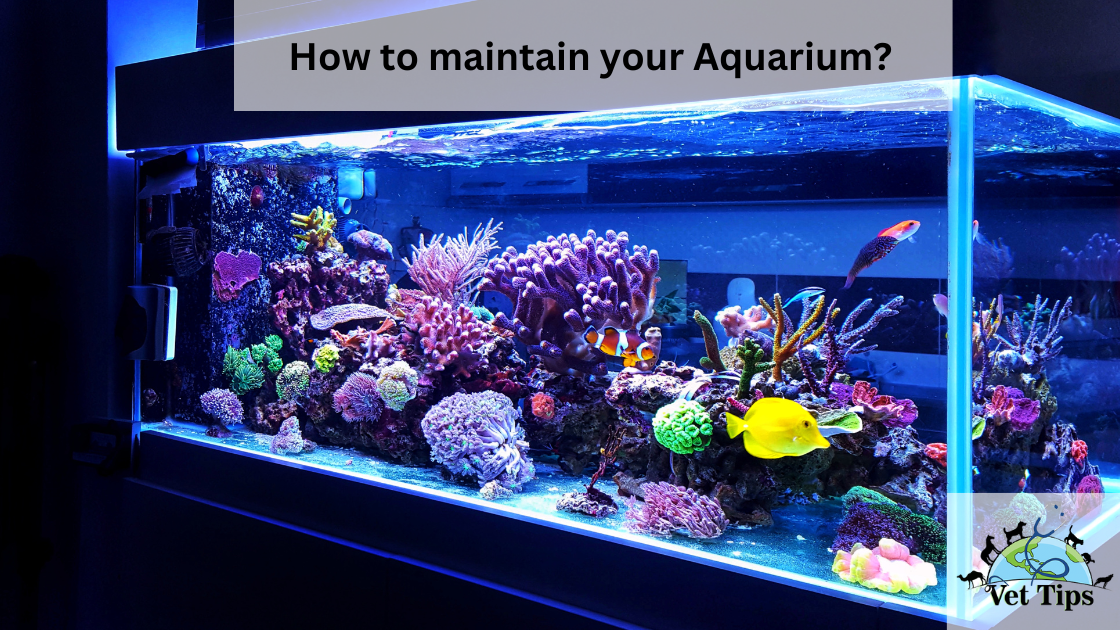
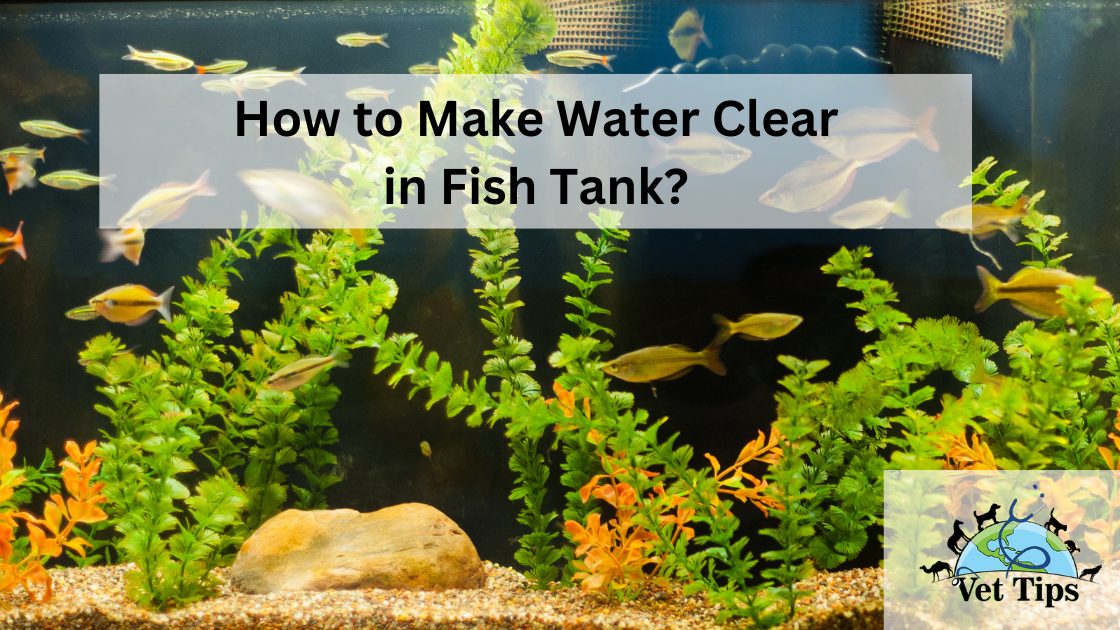
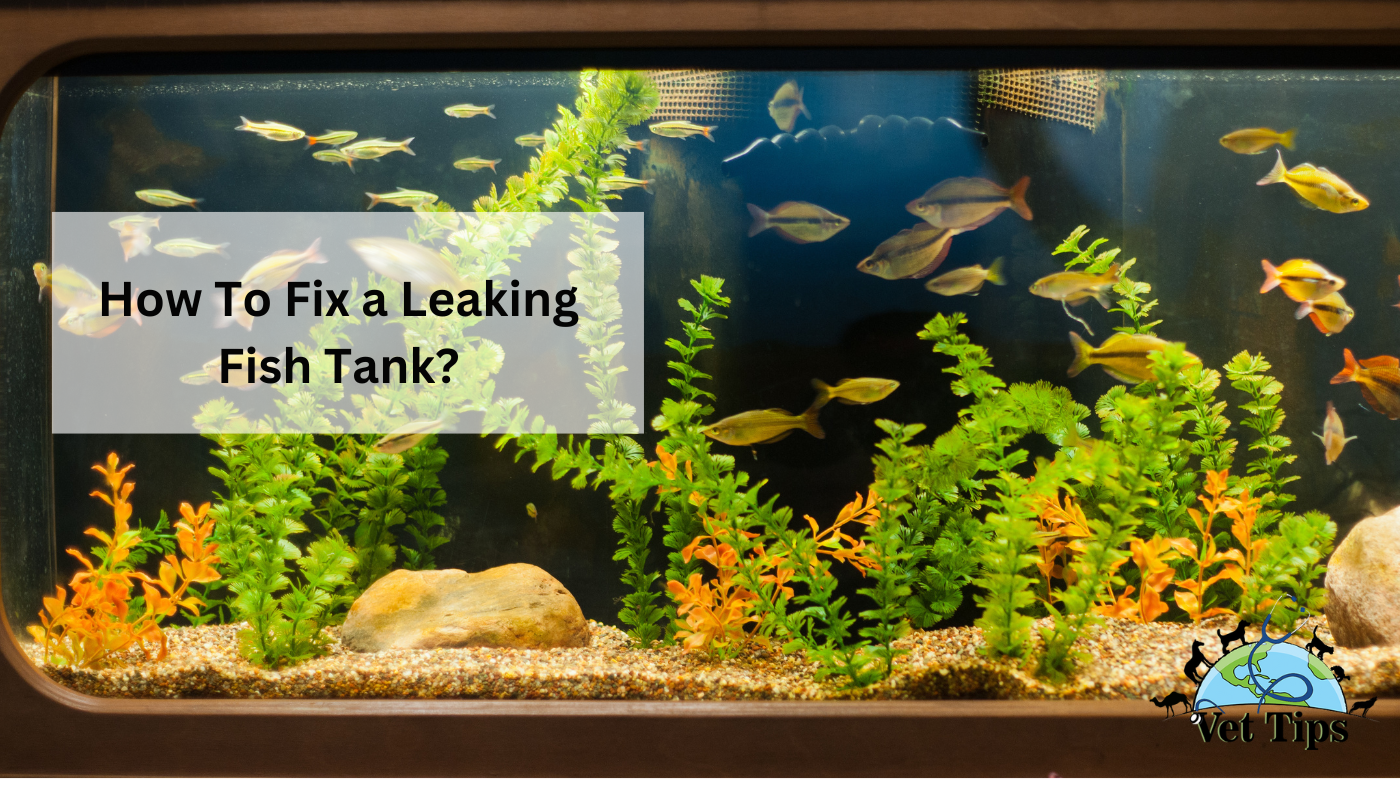
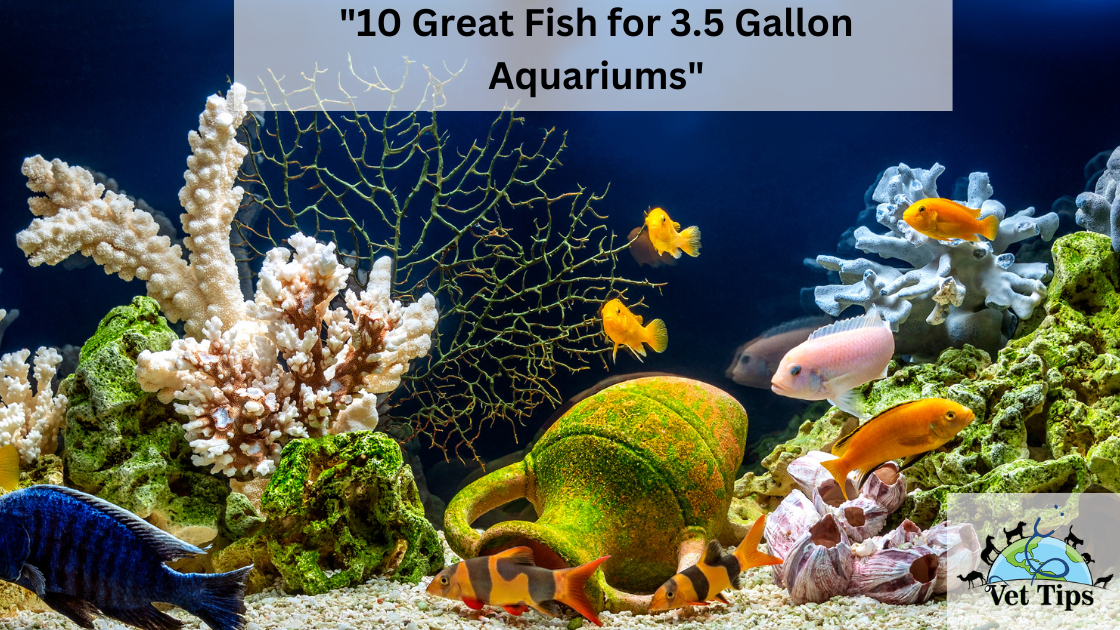
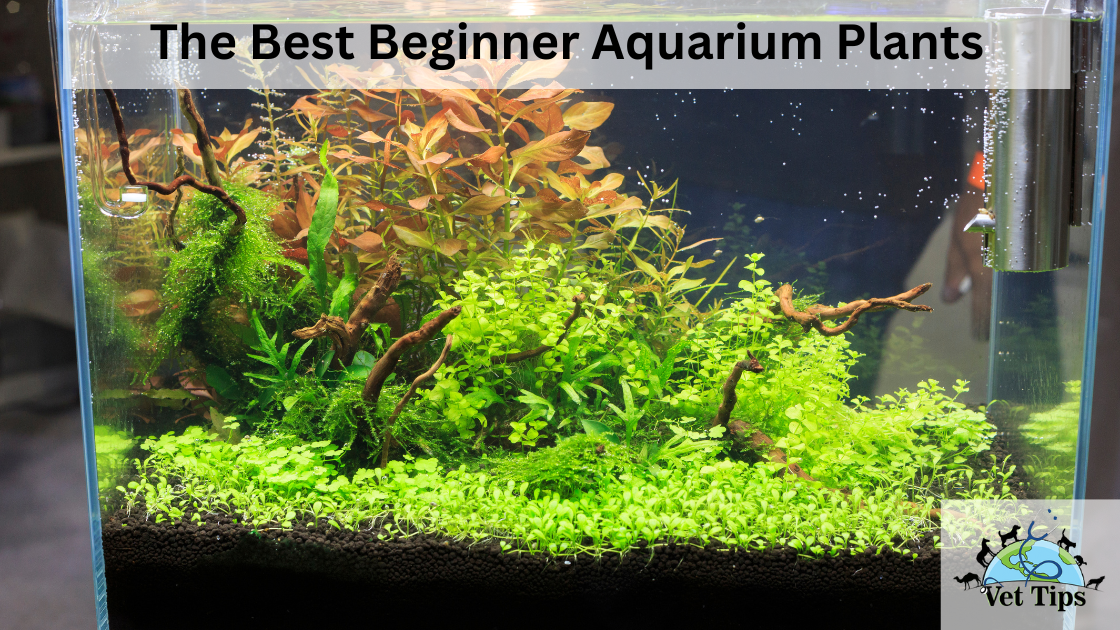
2 thoughts on “How to maintain your Aquarium?”